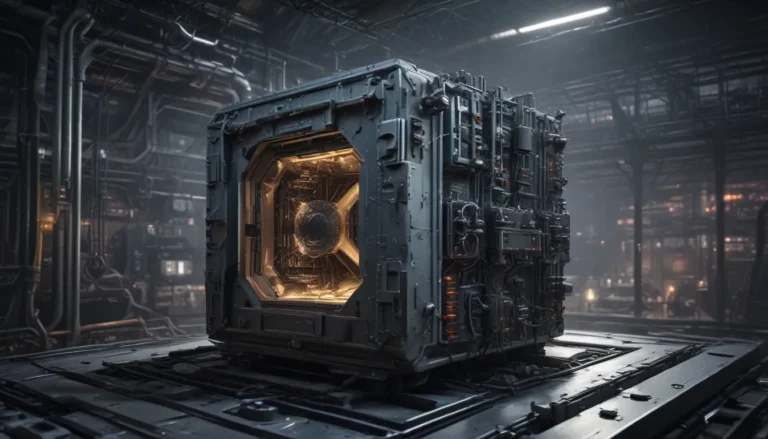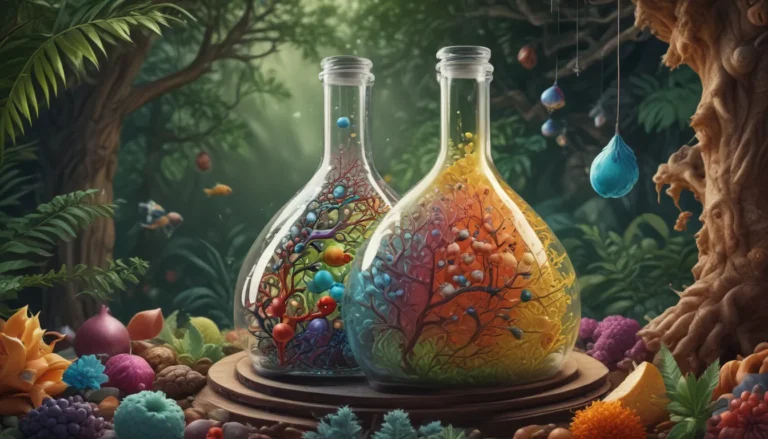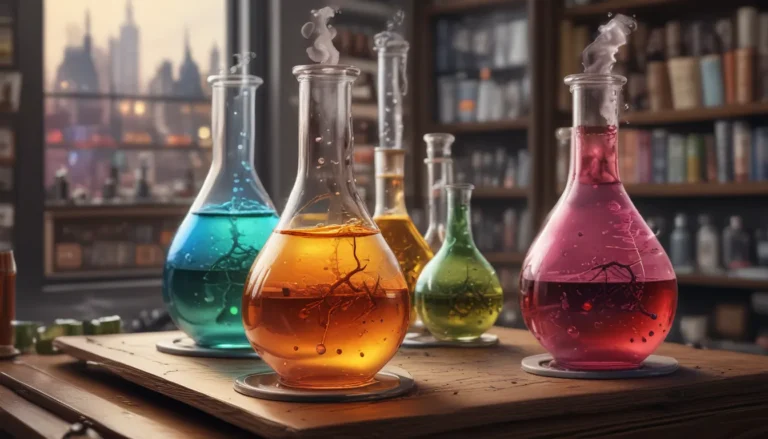A Note About Images: The images used in our articles are for illustration purposes only and may not exactly match the content. They are meant to engage readers, but the text should be relied upon for accurate information.
Are you curious about the mysteries of gas behavior and how different gases interact in a mixture? Look no further than Dalton’s Law of Partial Pressures! This fundamental law, named after the esteemed chemist John Dalton, serves as a guiding principle in understanding the complexities of gas mixtures and their properties.
Delving into Dalton’s Law
Dalton’s Law of Partial Pressures unveils a captivating world where each gas in a mixture exerts its own pressure independently of other gases present. This law asserts that the total pressure exerted by a gas mixture is the sum of the partial pressures of each individual gas component. It’s like a symphony of gases playing harmoniously in a blend of unique pressures.
The Essence of Gas Behavior
Gas molecules dance freely, behaving independently and exerting pressure based on their kinetic energy. Each gas in a mixture acts like the star of the show, contributing its own pressure proportional to its concentration and temperature. This concept allows us to predict and calculate the behavior of gas mixtures in a myriad of scenarios.
Applications in Various Fields
From atmospheric science to industrial processes and medical gas therapy, Dalton’s Law of Partial Pressures finds its place in diverse fields where precise control and measurement of gas pressures are paramount. Imagine the impact of harnessing this knowledge in ensuring safety in diving expeditions or maintaining health through precise medical treatments.
Unveiling the Secrets of Dalton’s Law
Let’s embark on a journey of discovery as we unearth 19 surprising facts about Dalton’s Law of Partial Pressures that will broaden your horizons and deepen your understanding of this fundamental concept.
- Mixing Gases like a Pro: Just like adding ingredients to a recipe, Dalton’s Law helps us decipher how each gas contributes to the total pressure in a mixture.
- Key to Safety and Health: Think of Dalton’s Law as a guardian angel in diving safety and medical treatments, where controlling and measuring gas pressures are crucial for well-being.
Enlightening Applications
Embrace the practical side of Dalton’s Law as we explore its applications in atmospheric science, industrial processes, and medical gas therapy. Understanding gas behavior in these fields hinges on deciphering the intricate dance of gas molecules and their combined pressures.
The Art of Calculation
Unlock the mysteries of calculating partial pressures with the ideal gas law – PV = nRT. By combining this law with Dalton’s principles, you can determine the partial pressure of a specific gas in a mixture with ease.
Real-world Scenarios
Visualize Dalton’s Law in action through scenarios like gas diffusion, effusion, and the calculation of vapor pressure. Dive deeper into the world of gas stoichiometry and witness how partial pressures play a crucial role in chemical reactions.
Practical Demonstrations
Step into the realm of experiments as Dalton’s Law comes to life through tools like gas syringes and manometers. Witness the validity of the law as gases interact in closed systems, showcasing the principles of gas behavior.
Embracing the Limitations and Real-world Applications
As we navigate the realm of Dalton’s Law, we must acknowledge its limitations in the realm of real gas mixtures. Interactions between gas molecules and deviations from ideal behavior pose challenges that require corrections like activity coefficients for accuracy.
The Essence of Ideal Gas Behavior
While real gases may deviate from ideal behavior, the assumption of ideal gas behavior serves as a practical approximation in many scenarios. This assumption allows us to explore and manipulate gas properties effectively.
Unveiling Diverse Applications
Witness the practical applications of Dalton’s Law in fields like gas chromatography, medical gas administration, and environmental monitoring. These disciplines rely on the precise measurement and control of gas pressures for successful implementation.
Safeguarding Through Knowledge
A constant emphasis on safety underscores the importance of working with gas mixtures and applying Dalton’s Law of Partial Pressures. Proper handling, storage, and monitoring of gas pressures are essential to prevent accidents and ensure the well-being of all involved.
Conclusion: Unleashing the Potential of Dalton’s Law
In conclusion, Dalton’s Law of Partial Pressures stands as a pillar of understanding in the realm of gas mixtures and their behavior. By grasping the intricacies of this law, scientists and engineers can navigate the complexities of gas interactions and make informed decisions across various scientific and engineering disciplines.
FAQs: Your Gateway to Knowledge
- What is Dalton’s Law of Partial Pressures?
-
Dalton’s Law states that the total pressure exerted by a gas mixture is the sum of the partial pressures of each gas component.
-
Who formulated Dalton’s Law of Partial Pressures?
-
Renowned chemist and physicist John Dalton gave birth to this fundamental law in the early 19th century.
-
How is Dalton’s Law applied in everyday life?
-
From predicting gas behavior in diving to regulating gas pressures in medical devices, Dalton’s Law finds its applications in various real-world scenarios.
-
Can Dalton’s Law be applied to non-ideal gases?
-
While the law assumes ideal gas behavior, it still serves as a valuable tool in approximating gas interactions in many practical situations.
-
How is Dalton’s Law of Partial Pressures calculated?
- To calculate the partial pressure of a gas component, multiply the total pressure of the mixture by the mole fraction of that particular gas.
Unleashing the Power of Knowledge
As you dive into the depths of Dalton’s Law of Partial Pressures, remember that each discovery leads to a richer understanding of gas behavior and its vast implications. Embrace the wonders of science and let Dalton’s principles guide you through the intricate world of gases and their interactions. Happy exploring!






